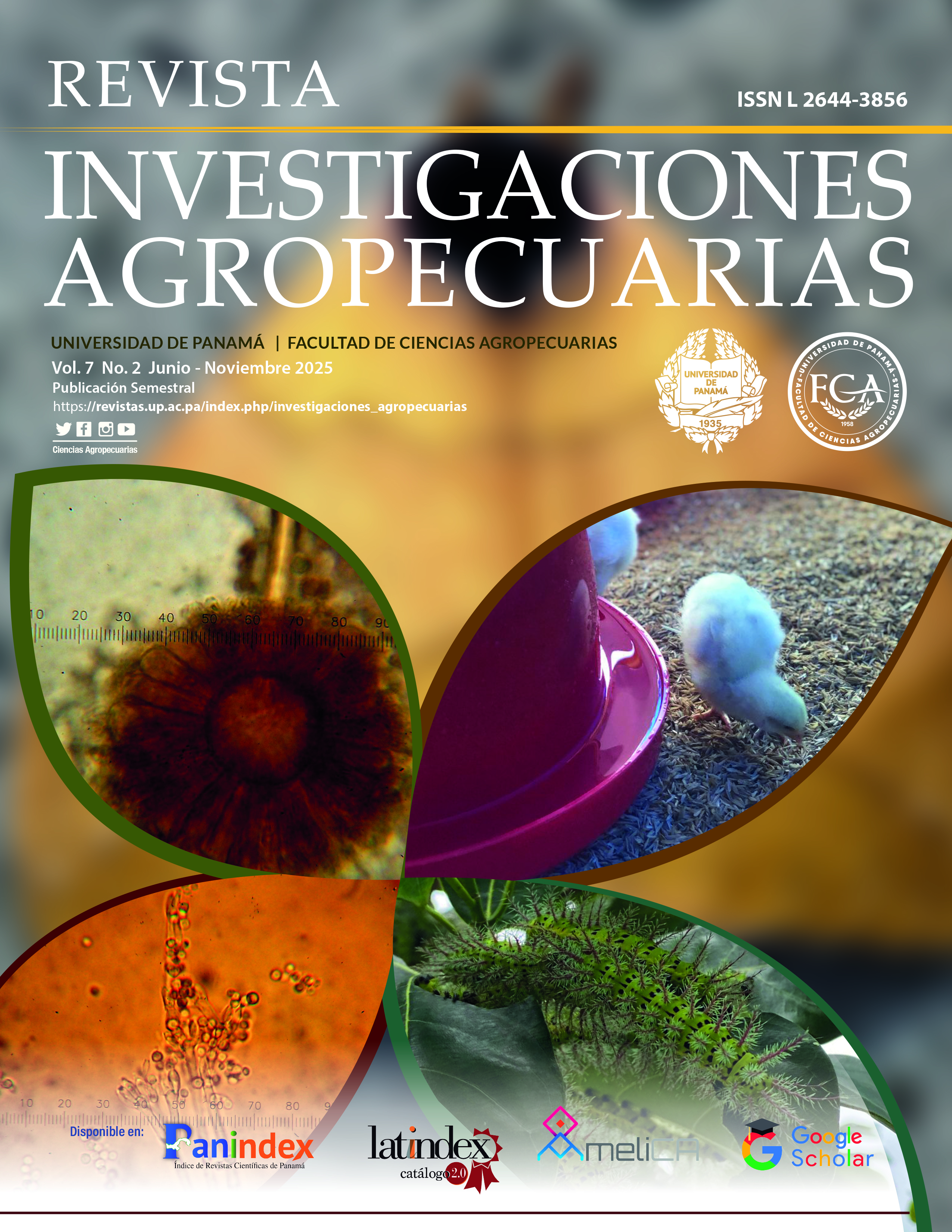

Copyright (c) 2025 Journal of Agricultural Research

This work is licensed under a Creative Commons Attribution-NonCommercial-ShareAlike 4.0 International License.
The objective of this study was to evaluate the effect of two semen cryopreservation protocols on equine artificial insemination results. Treatment one (T1) used a centrifugation of 600 g for 11 minutes, while treatment two (T2) used a force of 750 g for eight minutes. Thirteen Quarter Horse mares, aged between four and eight years, were used. The body condition of the mares was approximately six to seven (on a scale of one to nine). Thirteen inseminations were performed with cryopreserved semen (T1: seven inseminations and T2: six inseminations with 750 g semen for eight minutes). The data were arranged in a contingency table. For the statistical analysis, the ChiSquare test was performed, using the IBM SPSS Statisctics version: 29.0.0.0 (241), where significant differences (P<0.05) were found for pregnancy rates when cryopreserved semen was used in T1 over T2 (T1: 71.40% and T2:
16.70%). It is concluded that T1 cryopreserved semen gave the best pregnancy rates using fixed-time artificial insemination.